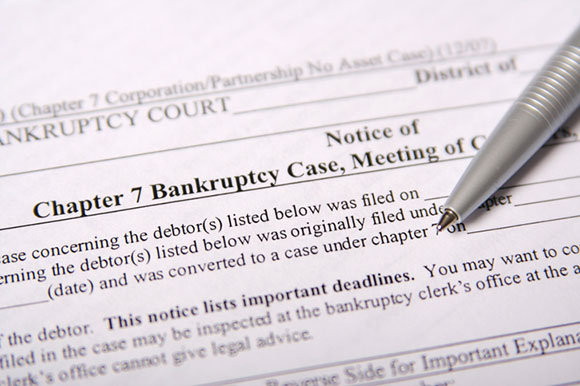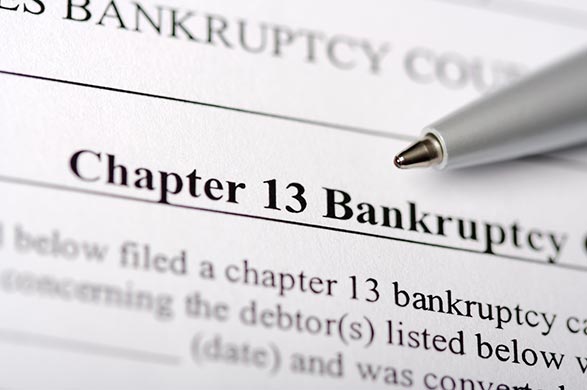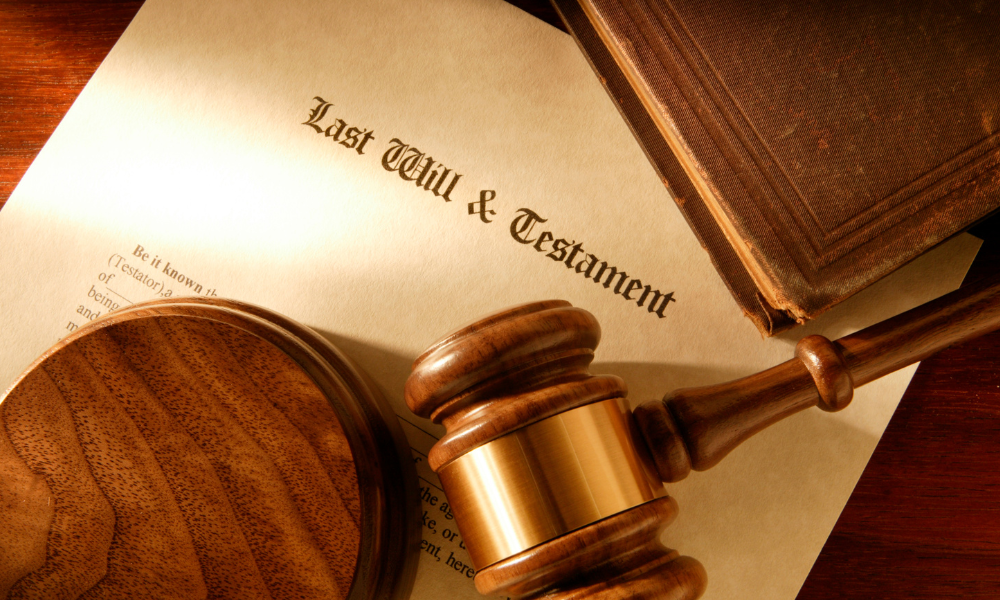Filing for bankruptcy doesn’t need to be an anxiety-ridden process. In fact, the process can go smoothly if you know what to expect and how to prepare. Consider this a general, beginner’s guide to the process of filing for bankruptcy in Nevada. Of course, nothing beats sitting down with a qualified and experienced bankruptcy attorney, so after you’ve gathered the basic information here, consider scheduling a complimentary session with an attorney to go over your unique case.
What kind of bankruptcy should I file for?
This is the first, most important question to consider. There are multiple forms of bankruptcy available for you, depending on your situation. Chapter 7 and Chapter 13 are most common for individuals or couples, while corporations can also file for Chapter 11.
There are benefits to each type of bankruptcy filing, and each comes with specific eligibility requirements to be considered. This guide will mainly cover the two common forms of filing for individuals/couples: Chapter 7 and Chapter 13.
Chapter 7 Bankruptcy
This is liquidation bankruptcy or “straight bankruptcy.” This chapter of bankruptcy is used by individuals or businesses who do not see a chance of repairing their financial situation. If you chose to file under this chapter, your assets will be liquidated.

Not everything you own will be liquidated, however. There are particular exempt assets such as your home, car, work-related supplies, etc. that you may be able to keep. Your non-exempt assets will be sold for cash by a trustee, and the cash will be given to your creditors. Typical non-exempt assets are: property that is not your primary residence, a second car or truck, vehicles used for recreation, boats, and bank investments.
Once the filing is complete, creditors no longer have the legal right to come after you for money.
Chapter 13 Bankruptcy
This chapter differs from the previous one in that a full liquidation is not the status quo when filing. That means: if you are swimming in debts but believe that those debts can be paid off over a reasonable period of time, this chapter may be a better option.

Under Chapter 13 bankruptcy, an individual or business is allowed to devise a plan in which they pay a certain percentage of their future income to the bankruptcy court, and those funds are then given to the creditors. Once a plan is agreed upon, the creditors will no longer have the right to harass you for debts.
How a bankruptcy attorney help with your filing
There are a multitude of ways that a bankruptcy attorney will help you with the process. Some of those ways include: explaining exactly which of your assets you can keep and what will be sold depending on each type of bankruptcy; guidance and representation at each of your hearings and meetings with trustees and creditors; help with gathering the proper paperwork and records; tips on what to avoid (which will ultimately save you a lot of time and money); knowledge in the intricate changes of bankruptcy laws and how to work within those laws to the best of your advantage; reminders of important deadlines; status updates so you don’t have to stress; and information about debt relief and how to re-build your credit post-bankruptcy.
What does the basic process of bankruptcy look like?
- The first step is figuring out if you should, indeed, file for bankruptcy. Do your research, speak with an attorney, learn about alternate options, and be sure that filing is in your best interest. You are actually required to take a pre-bankruptcy course before filing; the course can be taken online and takes about two hours to complete.
- After that, if you choose to move forward, you must decide which form of bankruptcy to file for. Then, a whole lot of paperwork and records must be collected, compiled, and organized. During this step, you should also figure out your exemptions.
There is an additional, fair amount of paperwork to fill out when filing for bankruptcy. This is another reason why having an attorney is beneficial; you won’t make mistakes that impact this complicated process. To note: it is important you list all of your debts during the filing process, before you meet with the trustee (step 5). If you forget/overlook something, and you file for bankruptcy without presenting a particular debt to the trustee, that particular debt will not count in your filing, and you will still be responsible for paying it.
After this tedious step, you are ready to file.
- The filing will be given to a local court. At that point, you are granted an automatic stay from further legal action (from your creditors and collection agencies.) This means, they will be informed that you have filed for bankruptcy and must stop calling you. If you are in the process of a foreclosure, that process will also be paused.
- Then you must pay the filing fee, or, fill out a form to see if you qualify to have it waived. Depending on the chapter of bankruptcy you file for, the fee is around $330.
- At this point, a trustee will be assigned to your case to review the paperwork (if you have an attorney, the attorney will be involved to represent you as well.) There will also be a means test, to make sure you are not committing fraud. For example, some people may run up a bunch of new credit card debt buying fancy items because they know they are going to file for bankruptcy. Obviously, the courts are not happy about this sort of behavior, and, in fact, it can be considered fraudulent.
- Chapter 13 bankruptcy require there to be a meeting at which your creditors may attend. There may also be a confirmation hearing. Creditors may object to parts of your plan, and changes may be made before the plan is officially confirmed.
- Chapter 13 also may require you make a final monthly payment of your debts and take a debtor education course, in which you will learn about personal finance.
- In Chapter 7, you’ll receive your discharge within 90-120 days. In Chapter 13, you will receive your discharge after 3-5 years, depending on when you finish your payment plan to your creditors. A discharge letter will be sent to you, proving that you have completed the process and are free of the debts you filed to relieve.
- Now, it’s up to you to repair and rebuild your credit.

Special Changes to the Bankruptcy Process Due to COVID 19?
If you are filing for Chapter 13 bankruptcy and your hours have been cut (or you lost your job) due to COVID 19, the CARES Act allows you to modify your bankruptcy plan. For example, say you would have needed to pay back all your debt in 5 years; you may now qualify to extend the time limit to 7 years. Speak with a bankruptcy attorney about your particular case.





